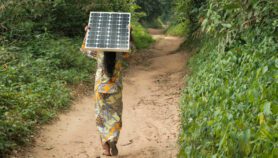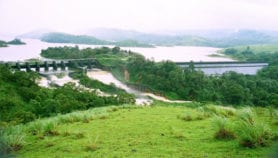Send to a friend
The details you provide on this page will not be used to send unsolicited email, and will not be sold to a 3rd party. See privacy policy.
Europe’s aim to cut greenhouse gases by one fifth by 2020, partly through demanding that one in ten vehicles are fuelled by biofuels, will spark a surge in demand for palm oil. But conservationalists say it is not necessarily a good thing.
Currently 83 per cent of the world’s palm oil is produced in Indonesia and Malaysia, and the UN predicts that 98 per cent of their rainforests will disappear within 15 years to make way for palm oil plantations.
Conservationists claim the plantations are a cover for continued logging.
They point to Kalimantan, the Indonesian part of Borneo, where only a tiny fraction of the six million hectares allocated for palm oil have actually been planted, reports Ian MacKinnon.
The forests are cleared by draining and burning peatland, which releases massive amounts of carbon dioxide, making Indonesia the third largest emitter of carbon dioxide in the world.
To make matters worse, palm oil monocultures support little biodiversity, and leave local people who depend on the crop vulnerable to market fluctuations.
"It’s no good other countries looking to us to help cut their carbon emissions without helping to support us in that effort," says the chief executive of Indonesia’s biofuels development board.













